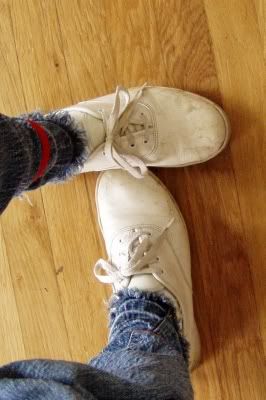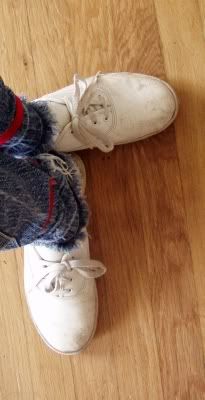Hey everyone. Its been a while since my last post. Ive been just lurking around recently 
Anyways; if you dont know us already, Sprout is my dog. We are in Novice obedience in 4-H and fair is coming up in April
So.. Ive been practicing off leash and stuff more often lately, and he is great at it, except he likes to lag and not keep up. He used to kinda gets distracted at things [like smells and stuff] and he is usually was not excatly right by my side, but hes improved on that. Any ideas on how I can let him know he needs to keep up? Someone from the dog park gave me advice and its worked a bit, slowly but surely, but I want to see what you all think
Thanks
-Mila and Sprout
Anyways; if you dont know us already, Sprout is my dog. We are in Novice obedience in 4-H and fair is coming up in April
So.. Ive been practicing off leash and stuff more often lately, and he is great at it, except he likes to lag and not keep up. He used to kinda gets distracted at things [like smells and stuff] and he is usually was not excatly right by my side, but hes improved on that. Any ideas on how I can let him know he needs to keep up? Someone from the dog park gave me advice and its worked a bit, slowly but surely, but I want to see what you all think
Thanks
-Mila and Sprout
Last edited:




